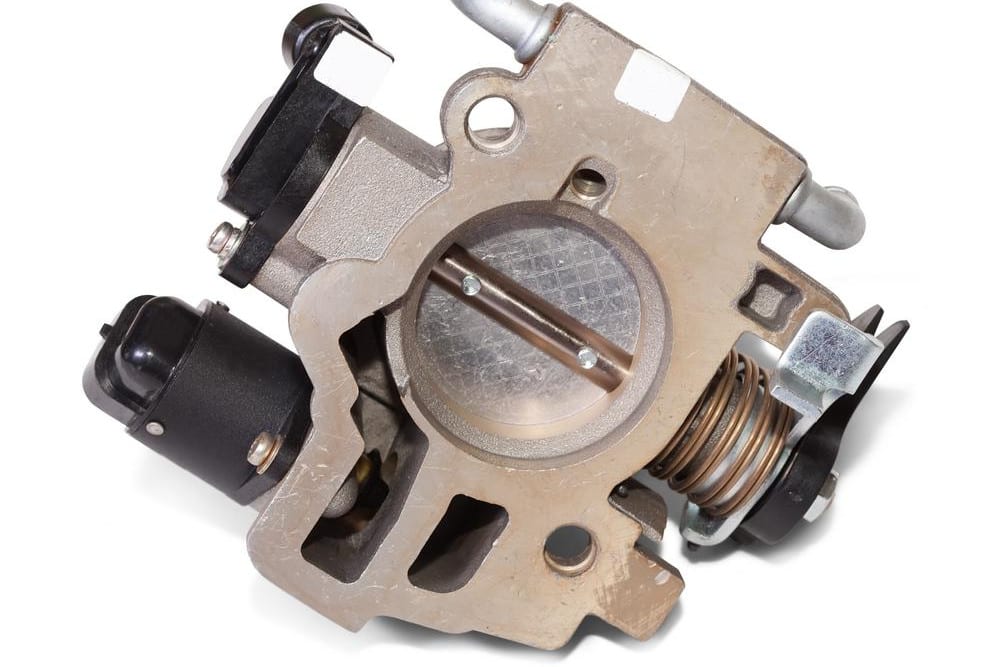

Not all vehicles on the road feature an electronic throttle control (ETC), which is also called drive-by-wire. For vehicles that don't offer this system, they have a throttle cable instead that is attached to the accelerator pedal, and runs right to the carburetor or throttle body. The way it works is quite simple - the driver presses down on the accelerator causing the cable to pull the butterfly valve, and this in turn allows for air to enter the engine. As you start to ease up on the accelerator pedal that valve begins to close and allow less air into the engine. In order for the valve to close it needs a spring, which is called the throttle return spring.
Like so many other parts in your car, this component is meant to last the lifetime of your vehicle, but it can start to wear, break, or become badly damaged over time. If it stops working properly, the valve won't be able to close properly, which means it can't go back to its "resting position". Should you notice issues with the throttle return spring, it's wise to have throttle return spring replaced by an experienced mechanic.
Here are some common signs to watch for that may signal the end of the throttle return spring’s lifespan:
As you ease up on the accelerator and start to slow down, if you notice that your RPMs stay high then there could be a problem with the throttle return spring.
Another symptom could be that your accelerator pedal doesn't go back when you release it. It could be that the spring has broken or has become damaged.
Pay close attention to your accelerator pedal. If you feel there is a loss of resistance when you push down on it, you need to have it looked at immediately.
The throttle return spring allows your butterfly valve to return to its resting position as you release the accelerator pedal. Should this part become worn, damaged, or broken, it won’t be able to return to its resting position. This will cause issues as you accelerate, and poses a considerable risk while driving.



